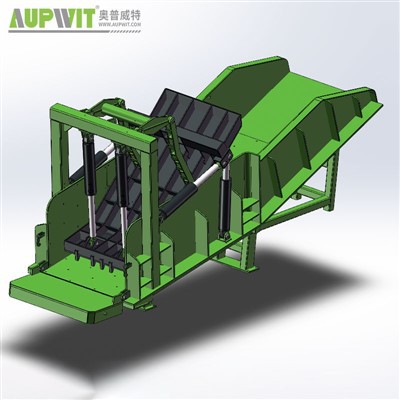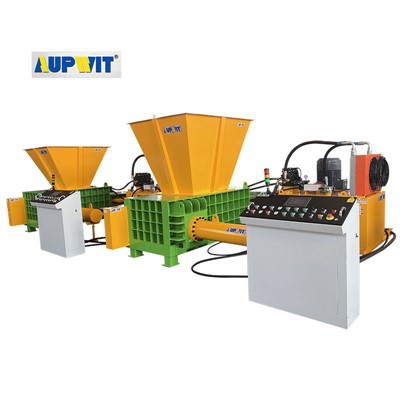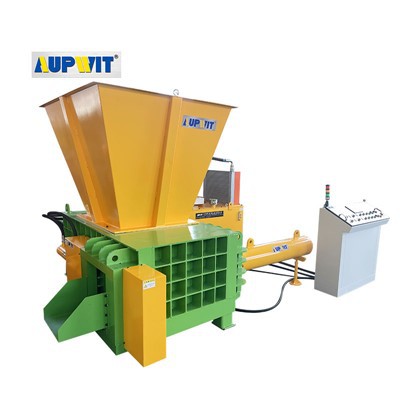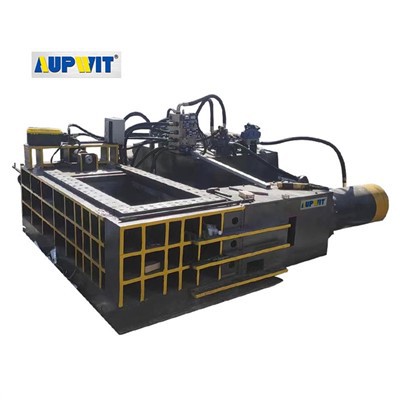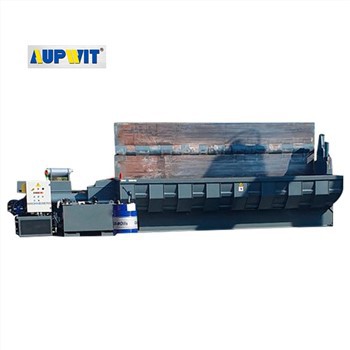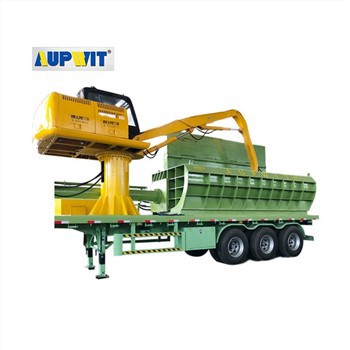Vibration Reduction Solutions for Briquetting Presses
-
Machine-Level Solutions
Dynamic Balancing: Balance rotating parts (e.g., flywheels, rollers) to ISO 1940 G6.3 standard, reducing vibration by 30–50%.
Anti-Vibration Mounts: Install neoprene or spring isolators under the press base, cutting transmitted vibrations by 60%.
Stiffened Frame Design: Reinforce the frame with ribbed steel plates to dampen resonant frequencies.
-
Operational Adjustments
Optimal Feed Rate: Avoid overloading; maintain consistent material flow to prevent uneven force distribution.
Speed Calibration: Adjust motor RPM to stay below the press’s critical vibration threshold (varies by model).
-
Component Maintenance
Bearing & Shaft Inspection: Replace worn bearings (e.g., SKF/C&U) and check shaft alignment every 500 hours.
Die & Roller Maintenance: Re-grind or replace dies when wear exceeds 0.5 mm tolerance.
-
Advanced Damping Technologies
Active Vibration Control (AVC): Sensors + counter-actuators cancel vibrations in real-time (used in high-end presses).
Tuned Mass Dampers: Attach auxiliary weights to absorb specific frequencies (effective for >10-ton presses).
-
Floor & Installation Fixes
Concrete Foundation: Pour a 200–300 mm thick base with vibration-damping additives (e.g., rubberized concrete).
Anchor Bolt Tightening: Re-torque bolts to manufacturer specs monthly (e.g., 150–200 N·m for M20 bolts).


